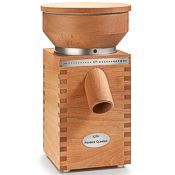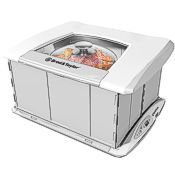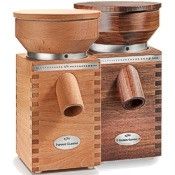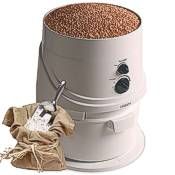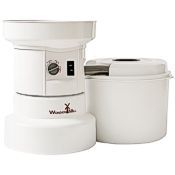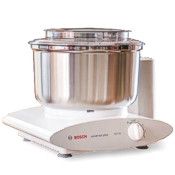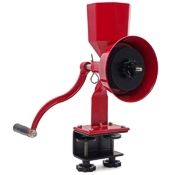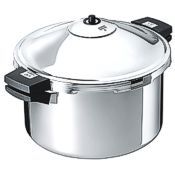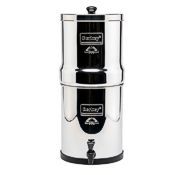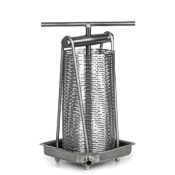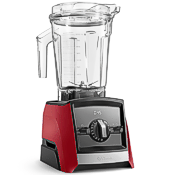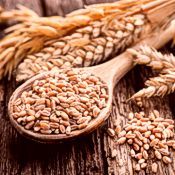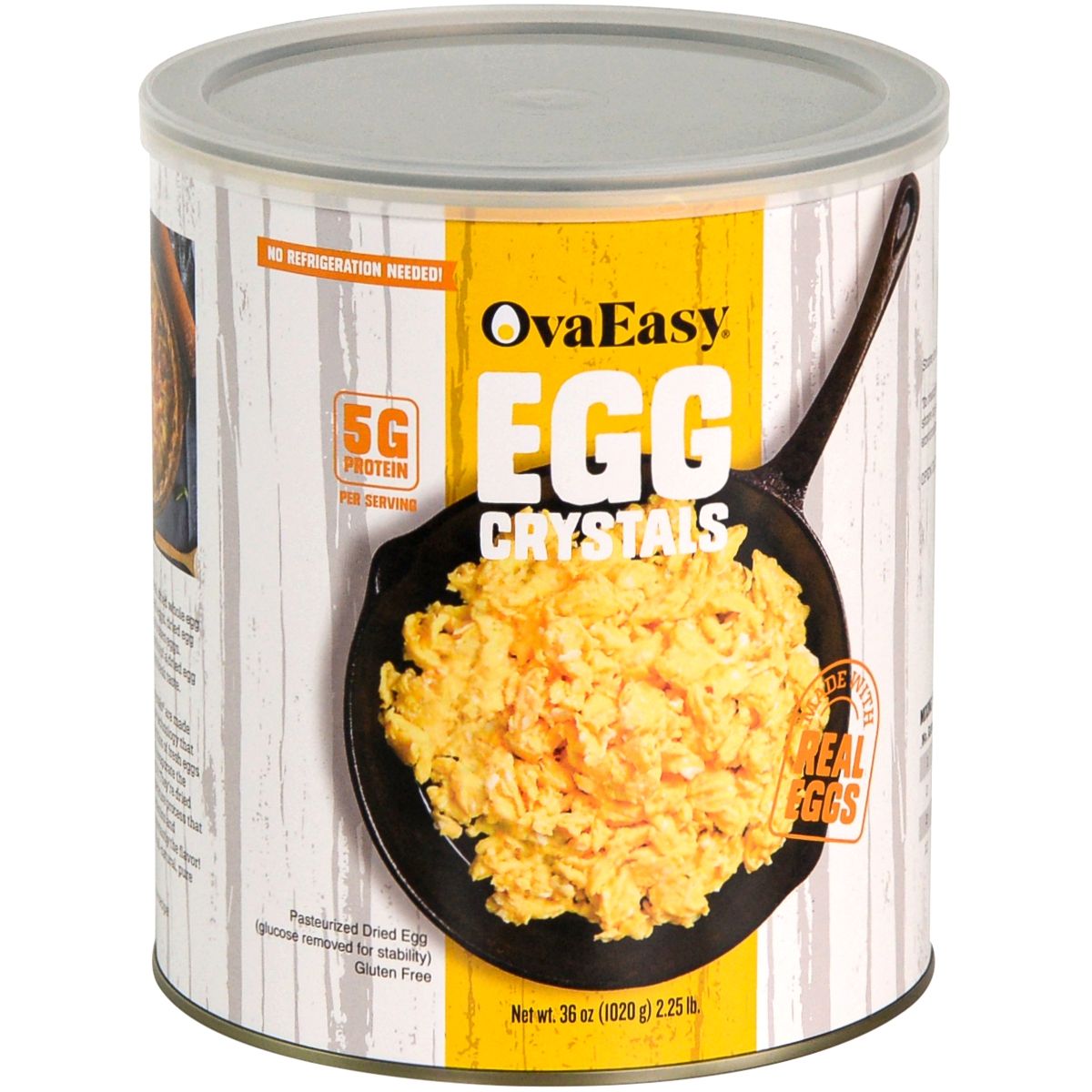Baking Steel products were born through a unique combination of interests and skills. Andris Lagsdin, founder of Baking Steel, had an “ah-ha" moment while reading a review of Nathan Myhrvold’s book Modernist Cuisine: The Art & Science of Cooking. The article posed this problem, “you love Neapolitan style pizza, but you don’t want to invest in a brick oven.” According to The Modernist Cuisine, steel is a more conductive cooking surface than a brick oven’s stone, and because of its exceptional conductivity, steel offers faster and more even cooking at a lower temperature, resulting in beautiful, thin, crispy crust. Andris realized that he could use both his experience in cooking as well as his background in steel manufacturing to create a superior baking surface for cooks to use in their home ovens for pizzeria-quality pizza and artisan breads. Baking steels darken with use.
-
“We bought this for our at-home pizza. I make a homemade crust and everyone chooses their own toppings. With this steel, we are pulling pizzas out every 5-6 minutes with beautiful golden crusts, perfectly cooked throughout. It's a huge hit at our house.”
– Maria D., CO
Baking steels store cold energy too. Make fun treats like ice cream and granita almost instantaneously using a steel that's cold from the freezer!
See the table below for measurements and weight of the rectangular baking steels.

For more details please see the specs tab, above.
Click here for round baking steels.
Baking Steel FAQ
How is a baking steel better than a ceramic stone?
Steel's thermal conductivity is 18X greater than ceramic's conductivity! If you were to walk on ceramic bricks after they'd been sitting outside on a hot day, you wouldn't burn your feet, because the heat transfer between the ceramic and your feet would be rather slow. (Slow enough that it wouldn't hurt.) However, if you tried doing the same thing with steel, you'd probably end up with some severe burns, because the heat moves much faster from the surface of the steel to your foot. (Of course, don't try this at home!)
Why does my baking steel darken after use?
Your baking steel arrives ready to use. After its first use you'll begin to notice a change in the color of the baking surface. This is normal and with each use your baking steel will darken. Over time, the surface will become a uniform dark grey, almost black. Seasoning your steel will also result in a darker surface.
How are the Original, Modernist and Big baking steels different?
- Original: The Original is 1/4 inch thick, weighs 15 pounds and provides home cooks exactly what they need to produce the best at-home pizza!
- Modernist: Angled corners give the Modernist a stylish design, and the 3/8 inch thickness holds even more energy than the Original. This additional energy provides great support for really quick cook times. The Modernist weighs 22 pounds.
- Big: The Big is the beast for the nerd cooks who want the behemoth of steel. Its 1/2 inch thickness is great for an insane oven spring and regulates your oven temperature with minimal rebound time while cooking. The Big weighs a hefty 32 pounds.
Did we forget something? If you need more information about this product, please tell us what else you'd like to know with aquick emailor live chat!


 Canadian orders by phone
Canadian orders by phone
















